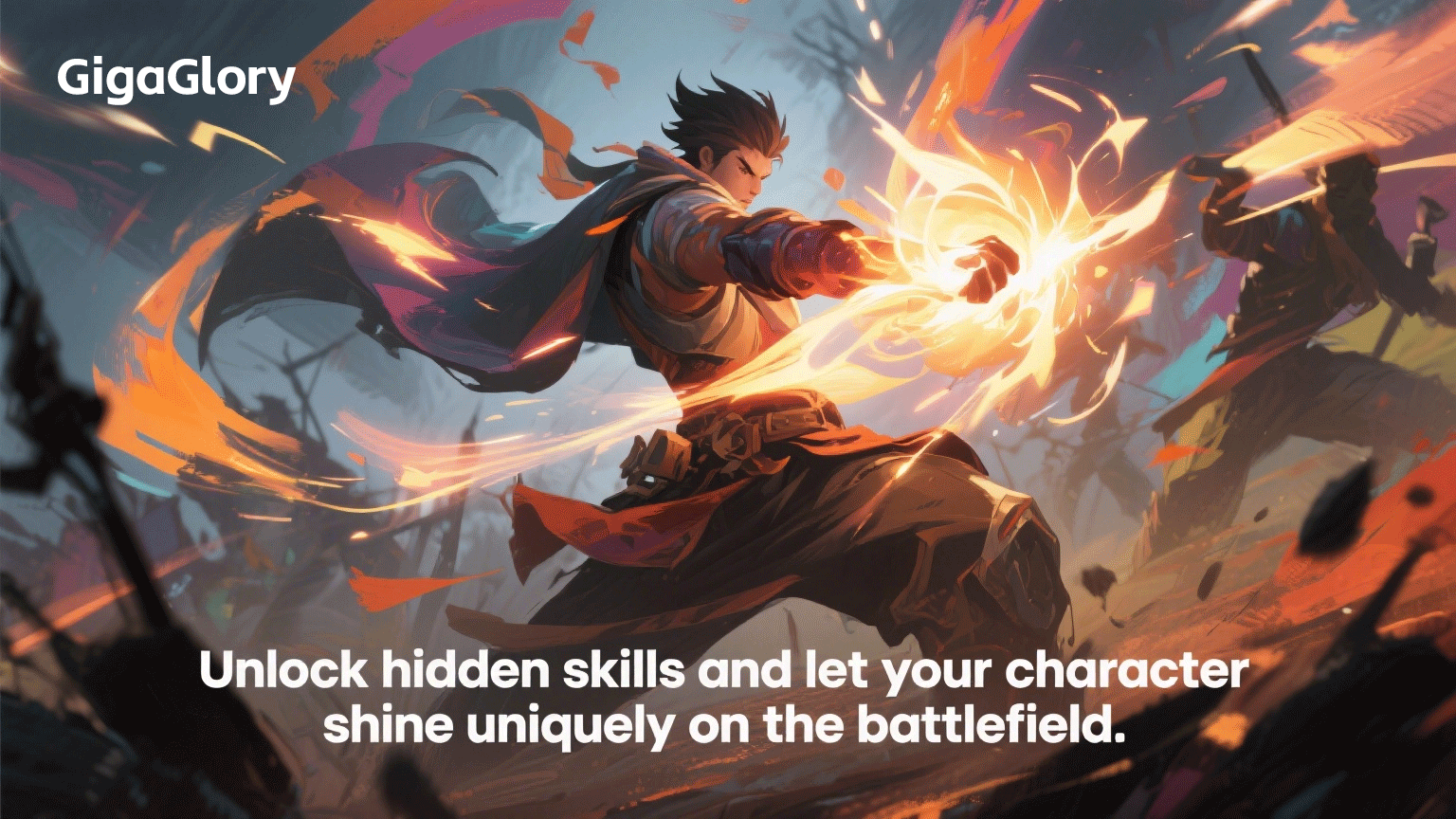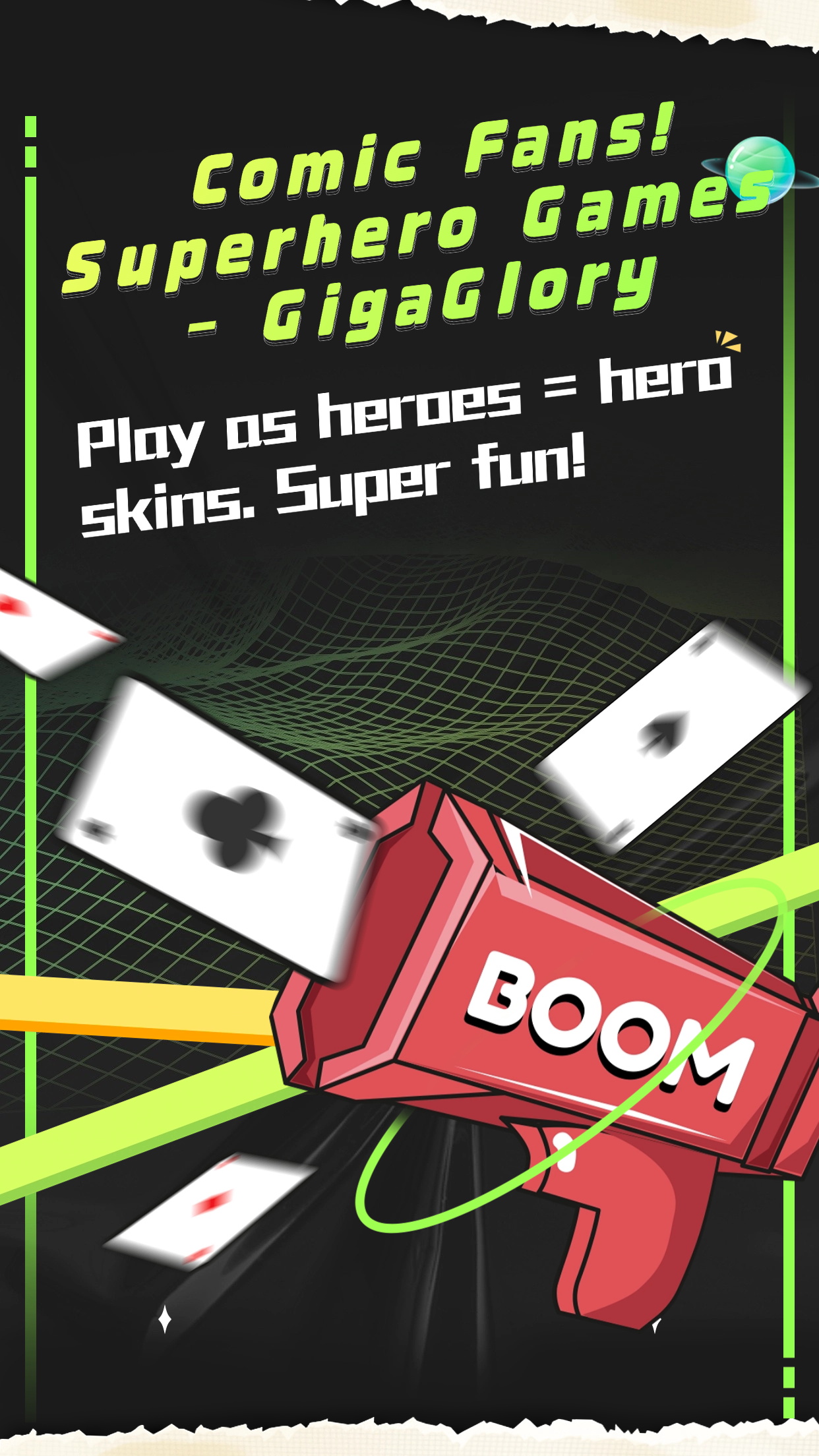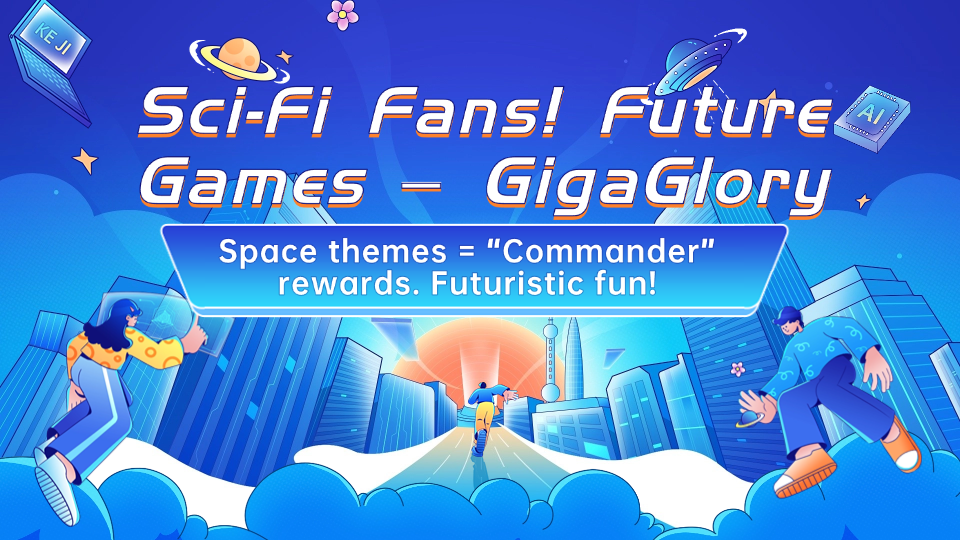Unlocking Learning: How Creative Educational Games Transform the Classroom Experience
In recent years, the landscape of education has shifted dramatically. Enter creative games, the heroes of modern learning environments. They not only entertain but also educate, creating a unique blend that keeps students engaged. This article will explore how these games are reshaping the classroom experience and why they matter.
The Rise of Educational Games
It's no secret that students today are digital natives. With so much technology vying for their attention, traditional teaching methods often fall short. Here’s where educational games come into play. These games immerse learners in interactive experiences that foster creativity and critical thinking.
Benefits of Educational Games
- Enhanced Engagement: Games make learning fun, drawing students’ attention like nothing else.
- Improved Retention: Information is often easier to remember when learned through play.
- Fosters Collaboration: Many games require teamwork, teaching students how to work together.
Creative Games: More Than Just Fun
What sets creative educational games apart from standard ones is their focus on problem-solving and storytelling. For instance, free PS4 story mode games allow players to immerse themselves in narratives that challenge their thinking. This method not only entertains but also encourages deeper understanding. Below is a quick comparison of traditional learning methods versus learning through creative games.
| Aspect | Traditional Learning | Learning Through Games |
|---|---|---|
| Engagement Level | Low | High |
| Information Retention | Moderate | High |
| Collaboration | Limited | Encouraged |
Examples of Creative Educational Games
There are countless games out there ready to revolutionize your classroom. Here are a few examples:
- Little Big Planet: Combines platforming with creative gameplay, promoting problem-solving skills.
- Kerbal Space Program: Teaches physics and engineering in a fun, engaging way.
- Minecraft Education Edition: Utilizes building to foster creativity while teaching various subjects.
Challenges of Implementing Creative Games in Classrooms
While the benefits are clear, implementing these games isn’t without challenges. Some educators may worry about screen time or the alignment of games with educational standards. It’s essential to select games that complement the curriculum rather than detract from it. Furthermore, finding resources that promote an inclusive learning environment can also be tricky.
Frequently Asked Questions (FAQs)
Q1: Do creative educational games really improve learning outcomes?
A: Yes, they can enhance engagement and retention, leading to improved learning outcomes.
Q2: Are there affordable options available for implementing these games?
A: Absolutely! There are many free PS4 story mode games and other affordable resources available to educators.
Q3: How can I ensure that my students stay focused during game time?
A: Set clear objectives for the game and discuss how it ties into the learning goals.
Conclusion
In conclusion, integrating creative educational games into the classroom is a game changer. They not only captivate students but also drive meaningful learning experiences that traditional methods often miss. The shift from rote memorization to engaging, playful learning is essential in today’s educational landscape. So, why not embrace this innovative approach and unlock the true potential of students?



